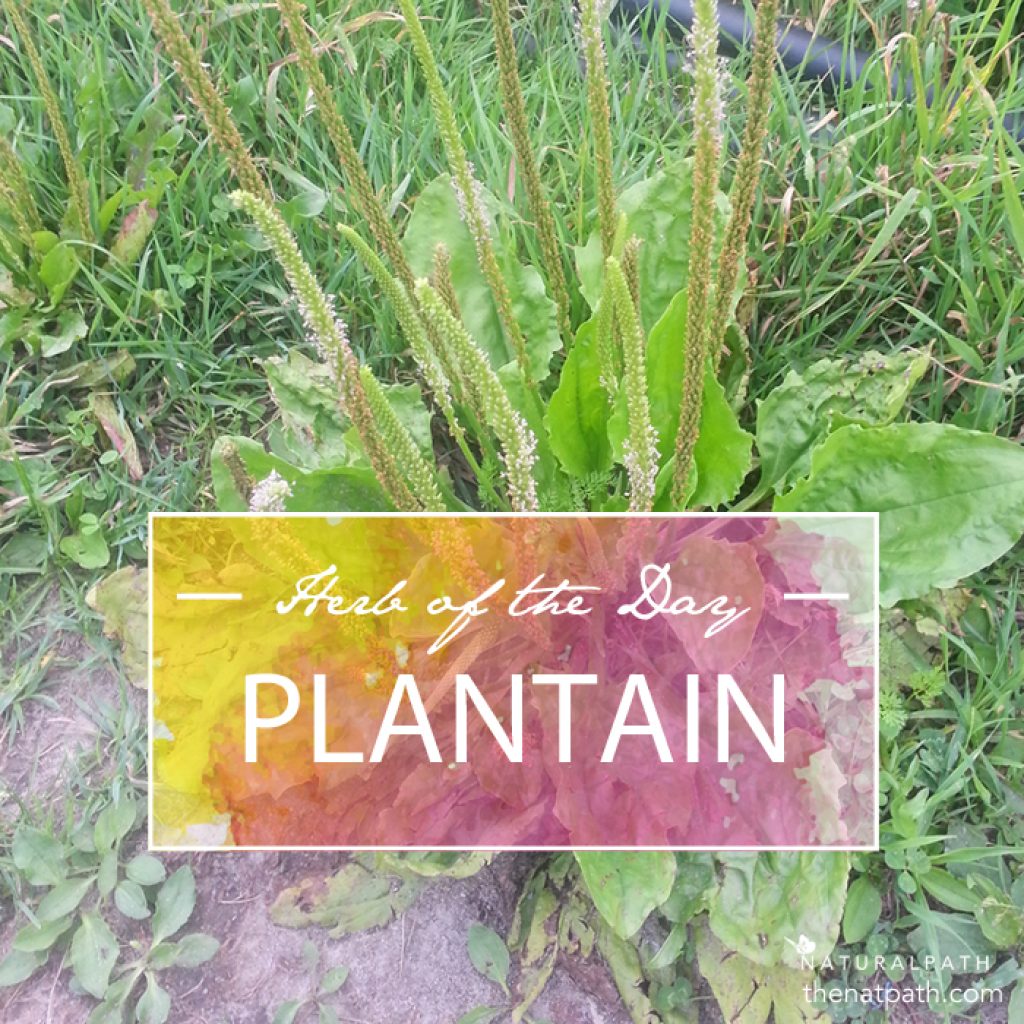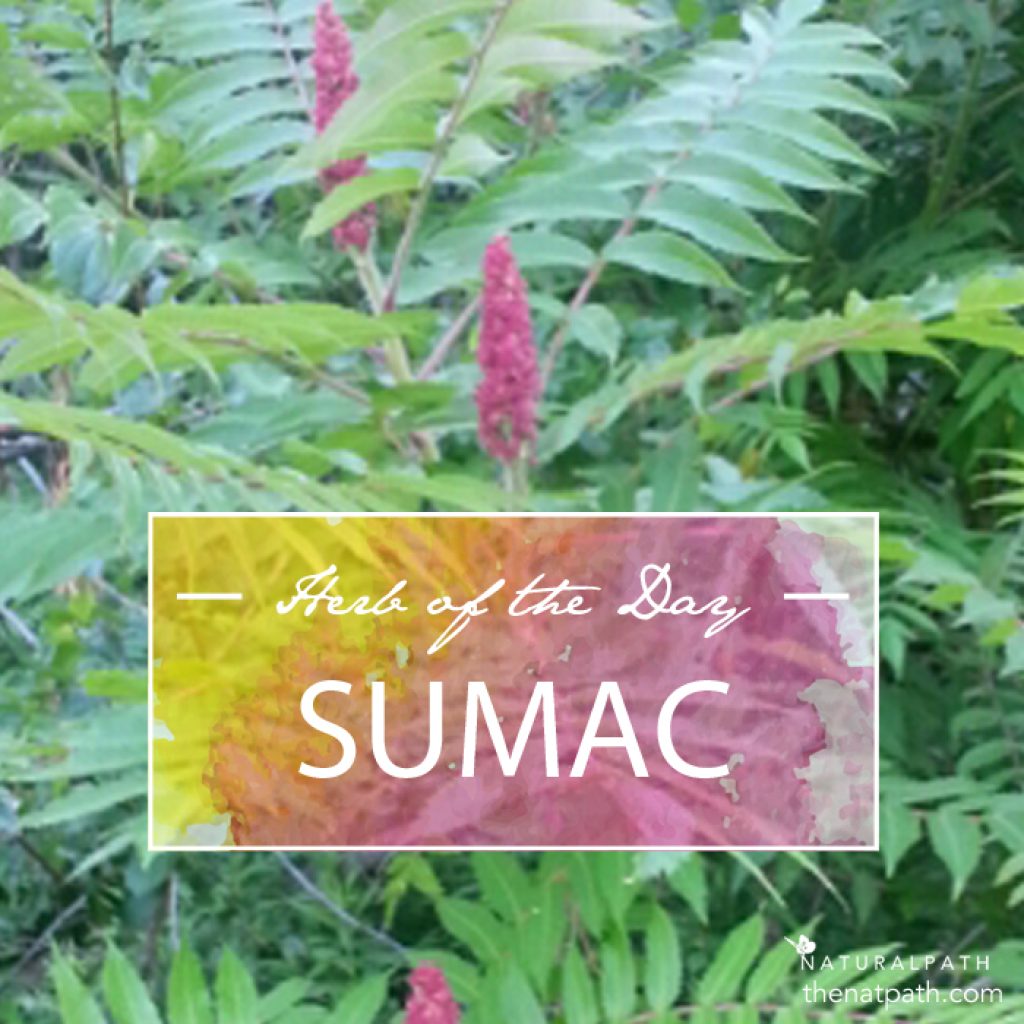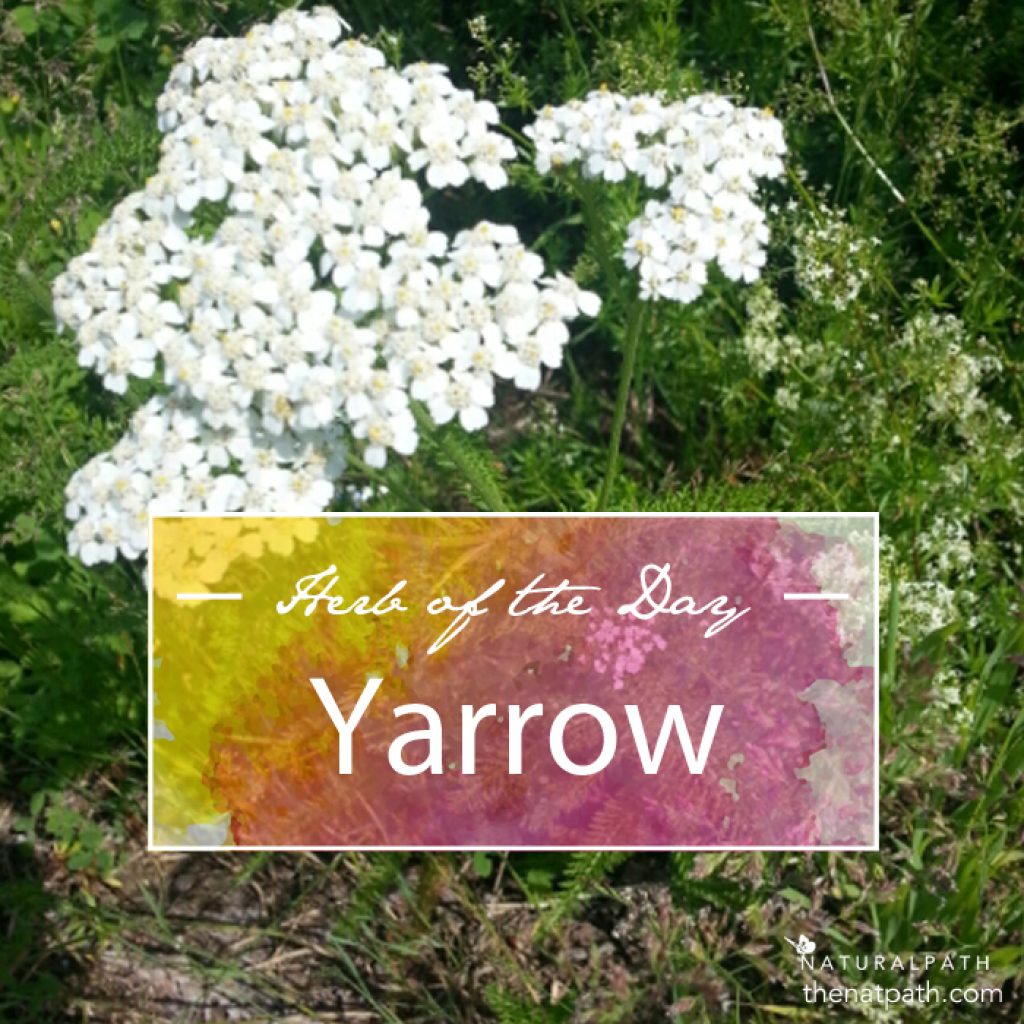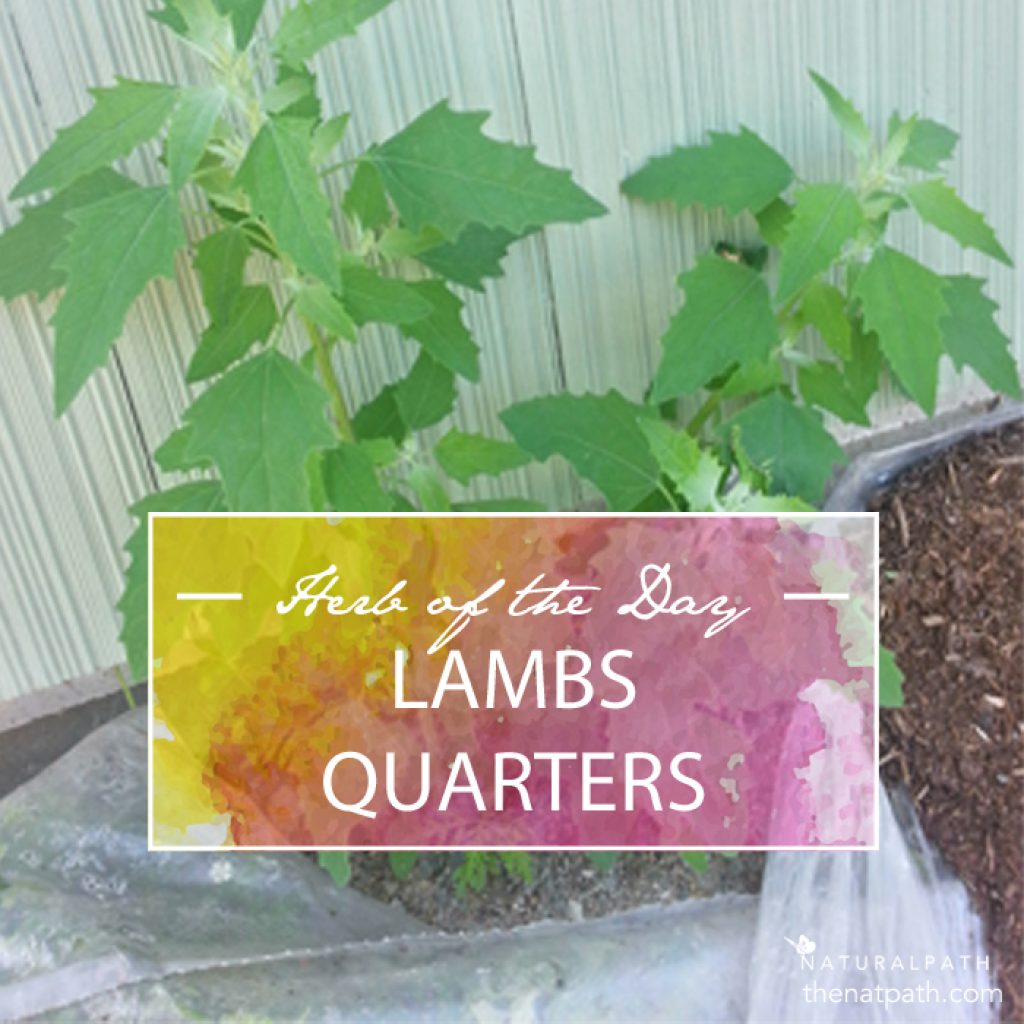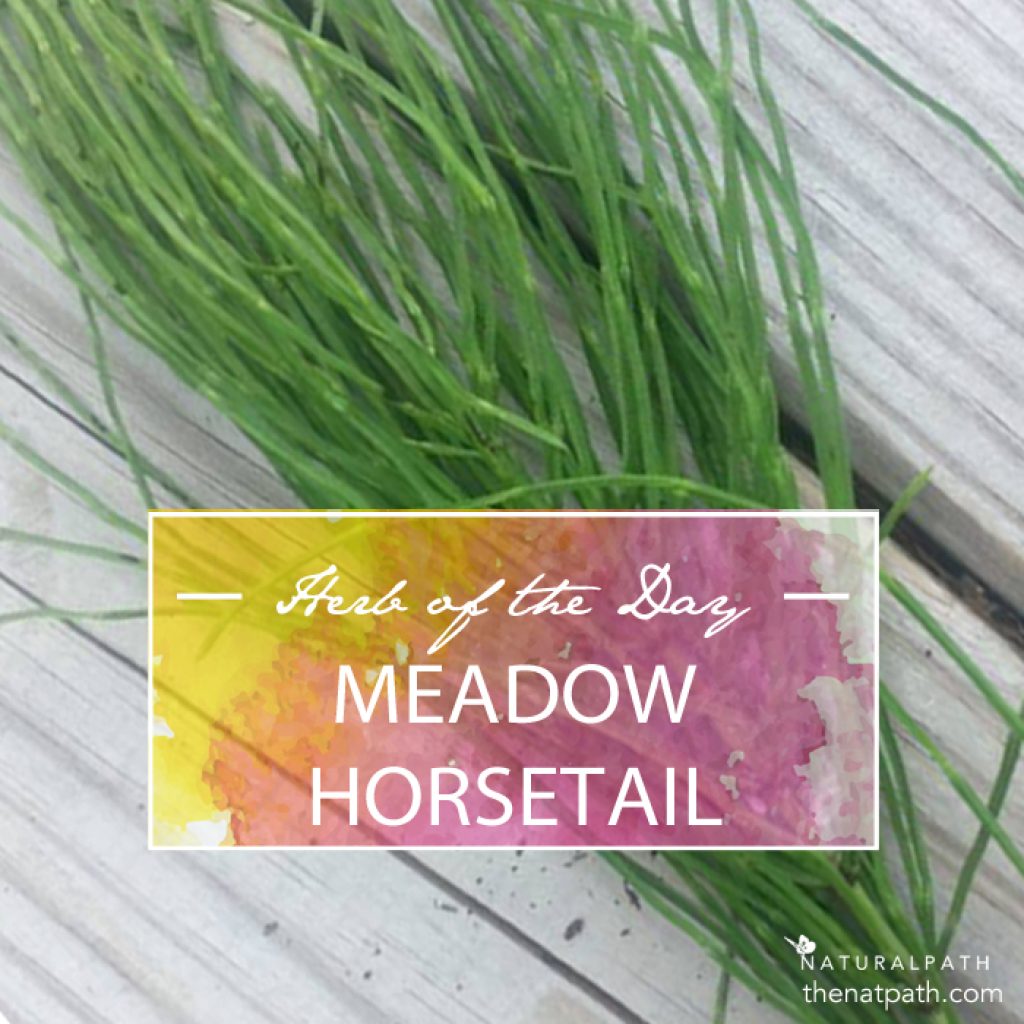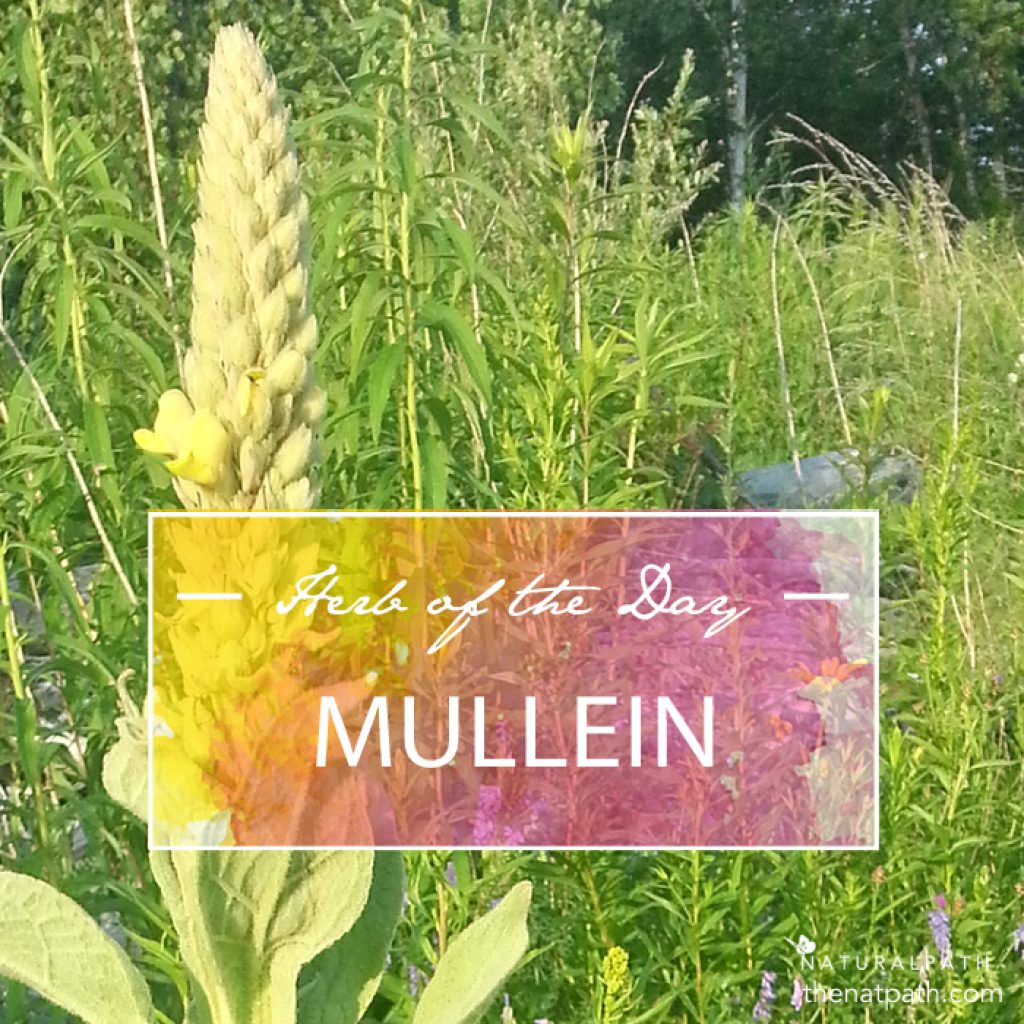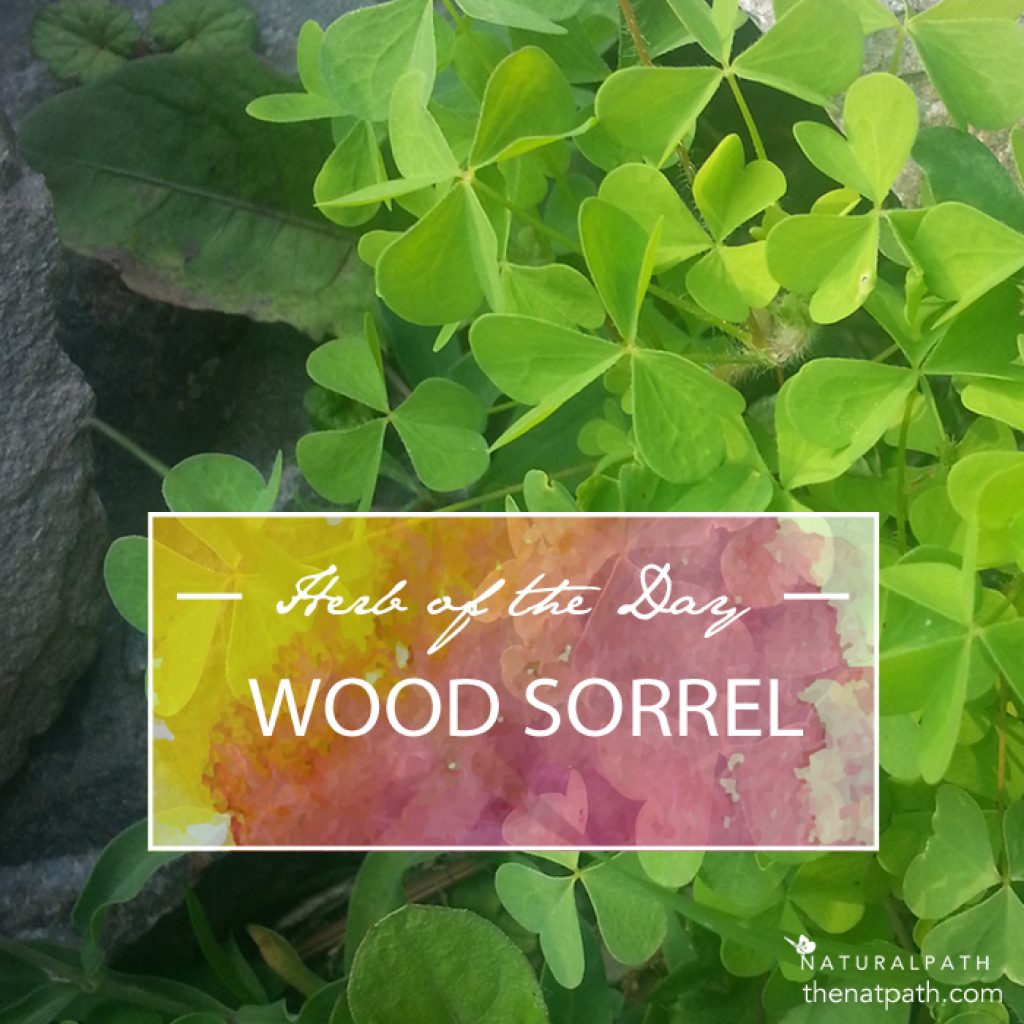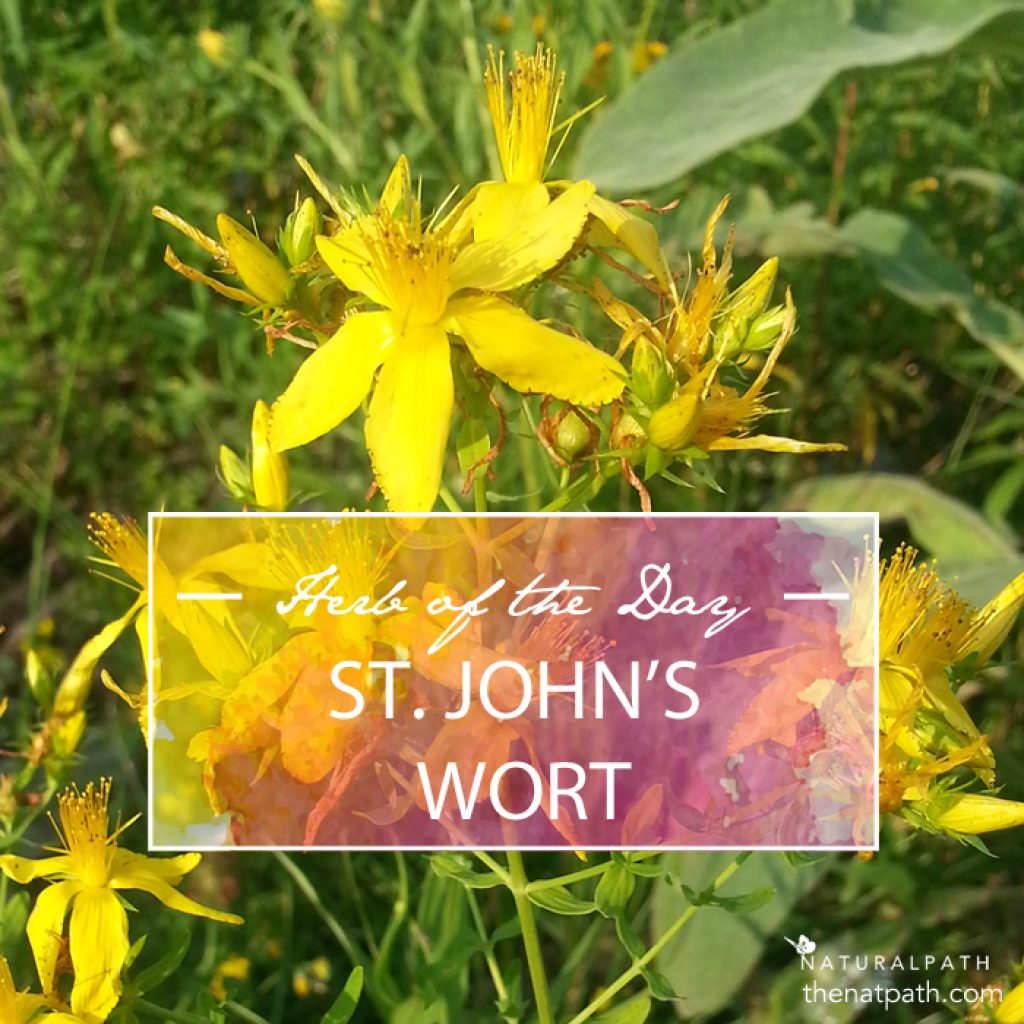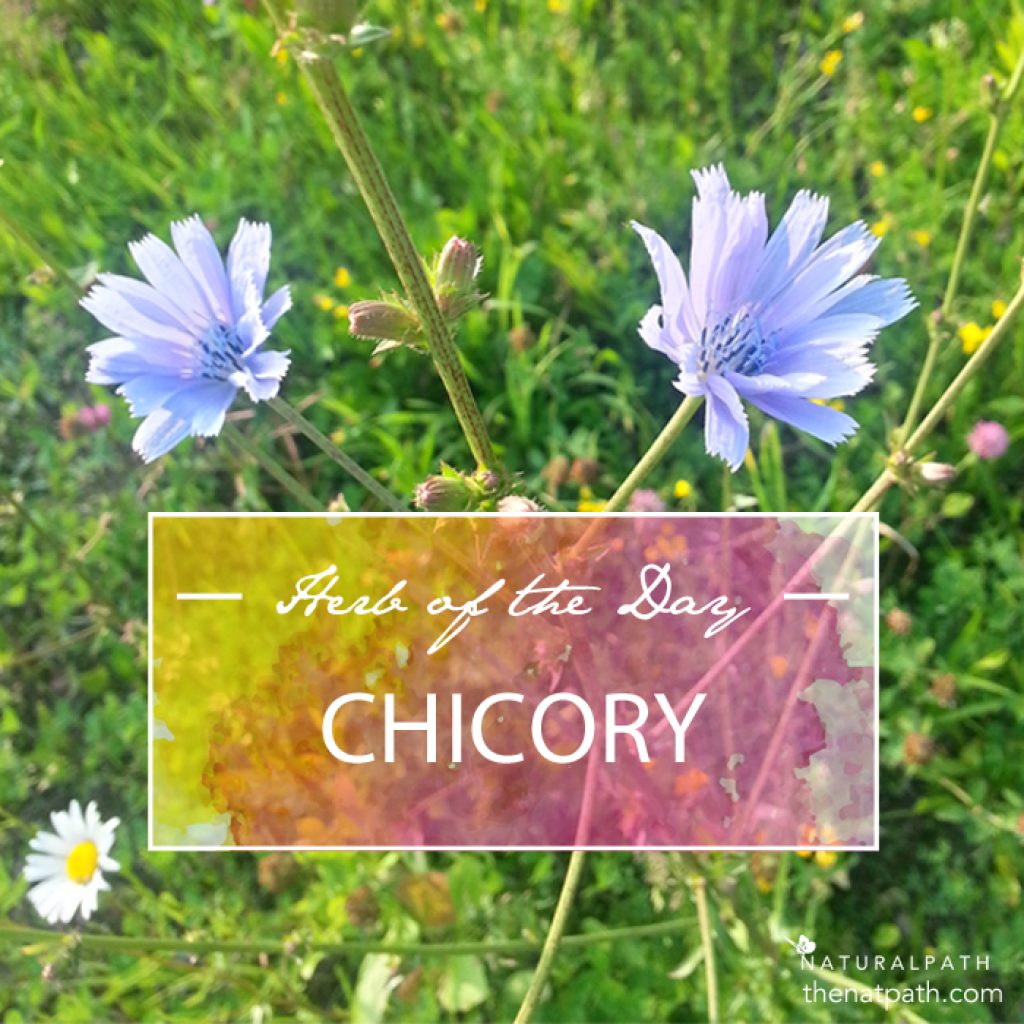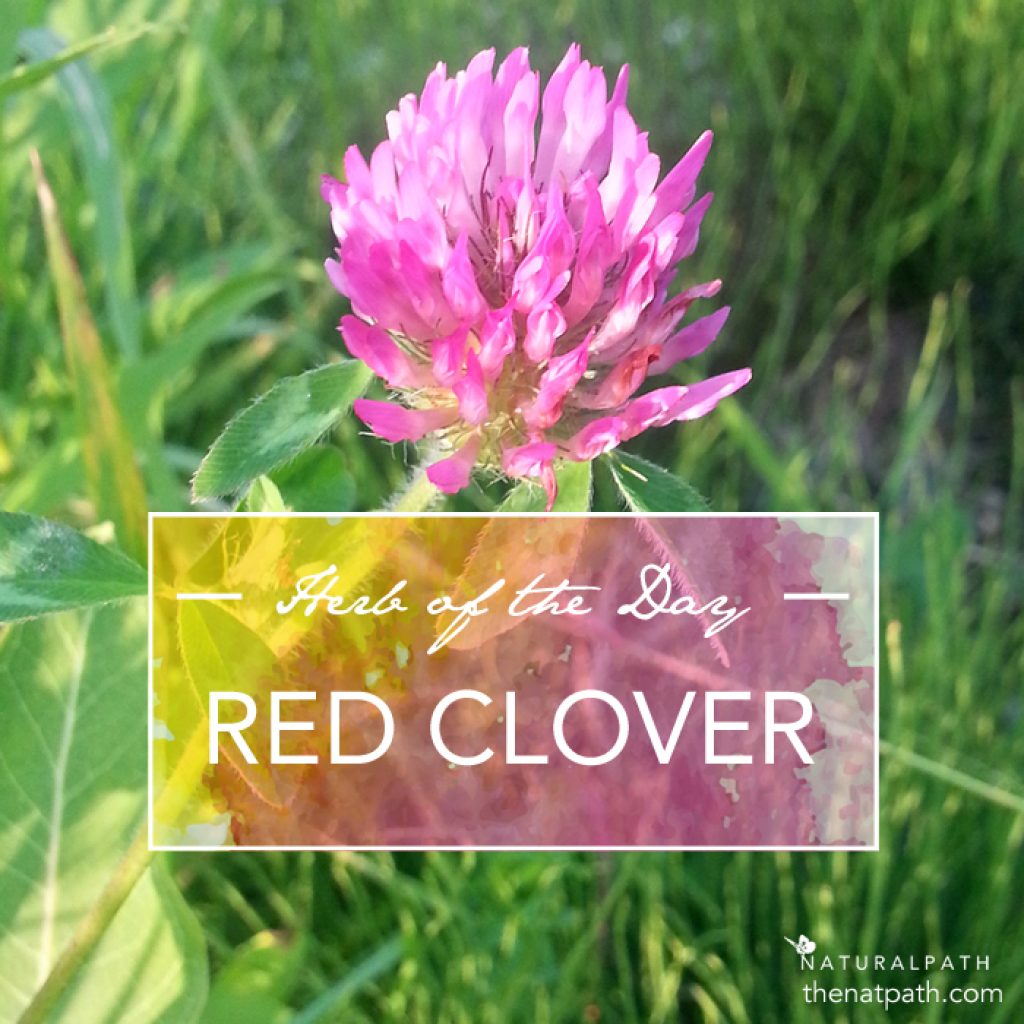Herb of the Day: Plantain
Dr. Jennifer Williamson, ND This plant is so common, even city-dwellers can find it. When I taught Herbal Studies at Daemen College in Buffalo, one of the homework assignments was to go out and find this and 4 other plants (Red Clover, All-Heal, Dandelion and Mallow). This is Broad leaf Plantain (Plantago major), but it’s […]

